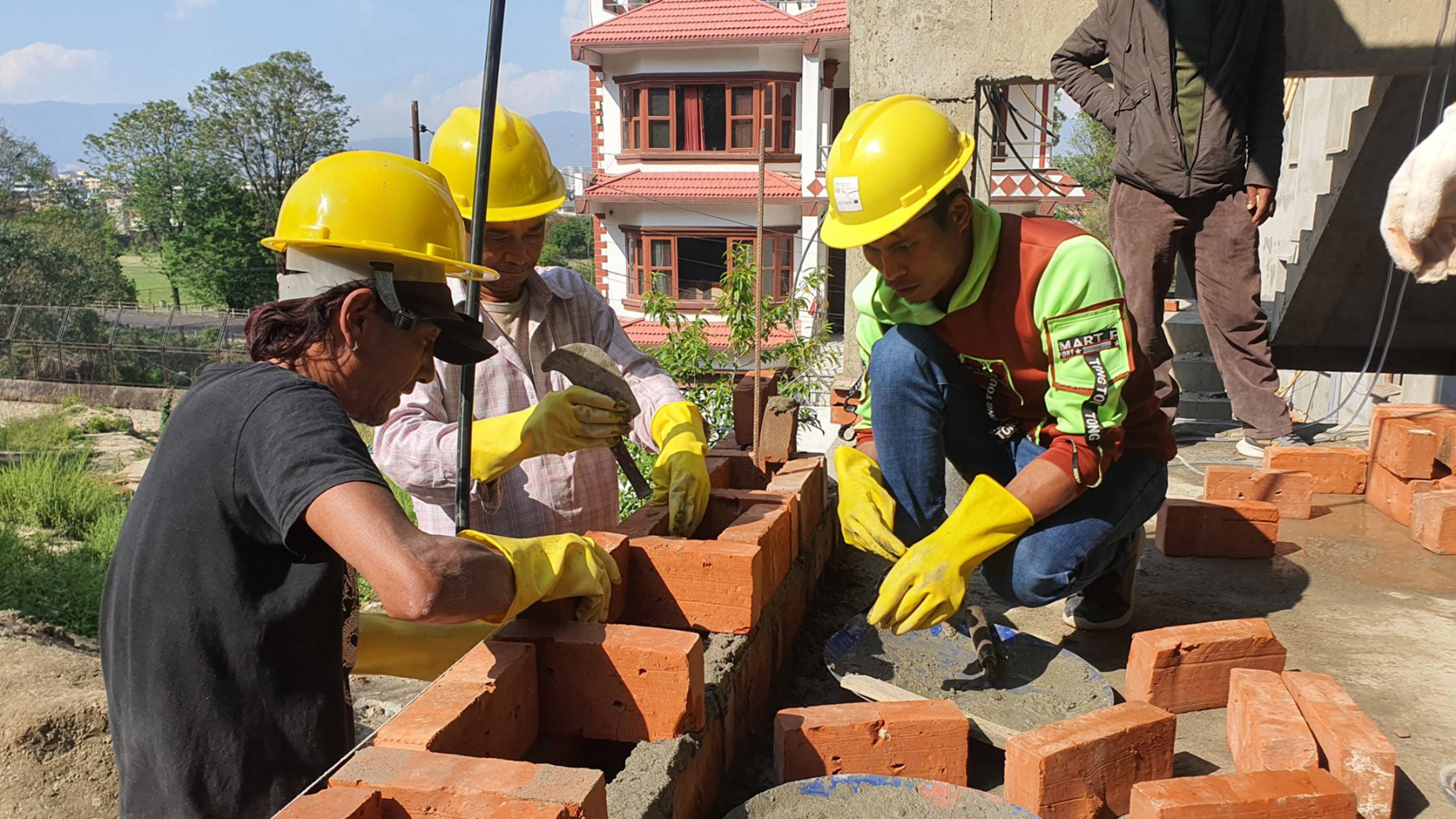
Setting the scene
Nepal, a small landlocked country with approximately 29 million inhabitants, has an altitude range of 60 to 8,848 metres within a span of 241km, resulting in a wide variation in its biodiversity and climatic conditions (WECS, 2022). Although it is one of the least urbanised countries globally, it ranks among the top ten fastest-urbanising countries (Bakrania, 2014). The annual urbanisation rate is projected to be 1.9% for the period 2014–2050 (ibid) and an exponential increase in residential and commercial building stock is also expected.
The combined residential and commercial sectors consume about 70% of Nepal's total energy (WECS, 2022). Approximately 14% of the total energy consumed is used for heating and cooling (WECS, 2014). However, buildings designed without considering local and changing climatic conditions result in higher energy demand for thermal comfort. Contemporary buildings in Kathmandu use 60% of their total energy for heating and cooling (Bajracharya, Shakya, & Bajracharya, 2014). Furthermore, the increasing use of energy-intensive building materials, such as brick, cement, and iron bars, results in a larger carbon footprint for the Nepalese building sector. These factors directly hinder the Nepal government's objective to develop low carbon and climate-resilient urban settlements and achieve net-zero greenhouse gas emissions by 2045.
Launched in 2022, the EU-funded SWITCH-Asia BUILDING Energy Efficiency in Nepal (BEEN) project aims to showcase and develop energy-efficient building strategies suitable for four inhabited bio-climatic zones in Nepal: i. Warm temperate, ii. Temperate, iii. Cool temperate, and iv. Cold climate. By building capacities of micro, small, and medium enterprises (MSMEs) and providing them with technical know-how on various energy-efficient tools and techniques, the project will enable these MSMEs to offer energy-efficient (EE) and renewable energy (RE) integrated services for building design and construction. The project will also raise public awareness and support the widespread adoption of energy-efficient services and products necessary for energy-efficient building design.
Working closely with 60 municipalities and the financial sector across the Bagmati, Lumbini, and Gandaki provinces, the BEEN project will help institutionalise energy-efficient building design and construction measures at the policy level. Thus, providing a unique opportunity to contribute to meeting Nepal's development, energy, and climate objectives while maintaining the value chain.
. 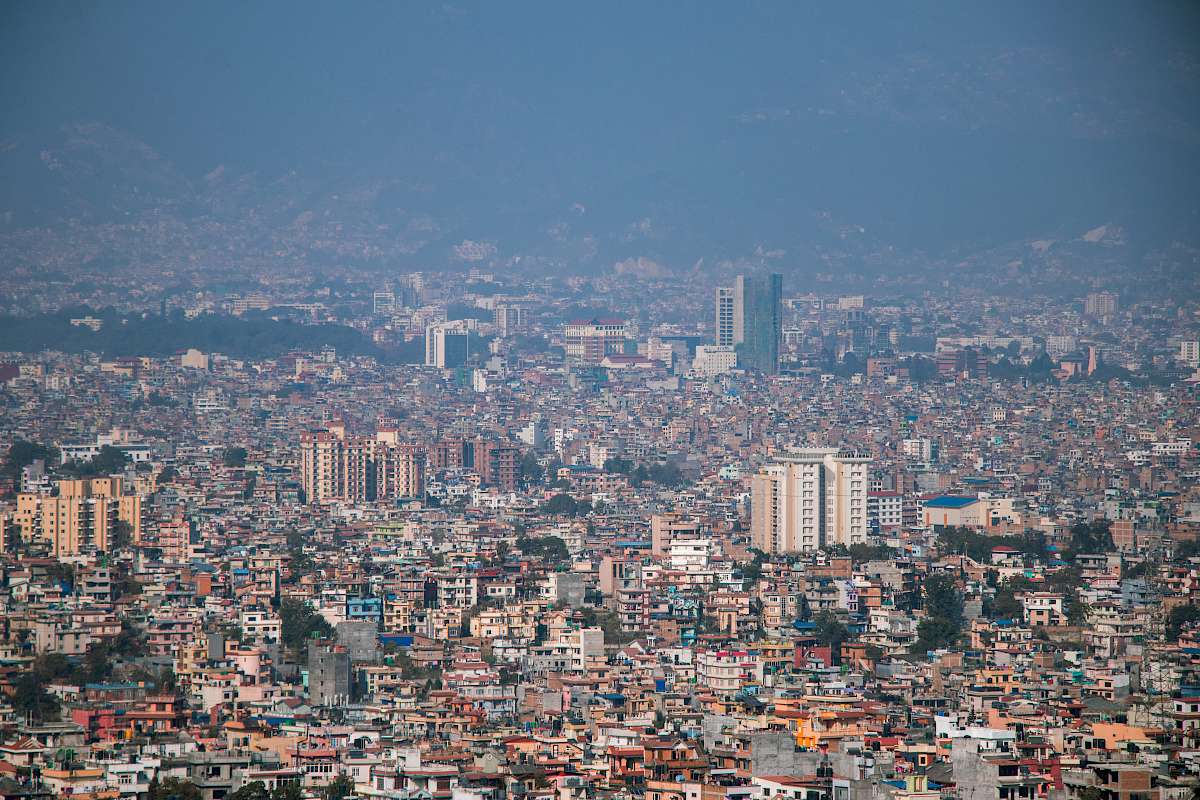
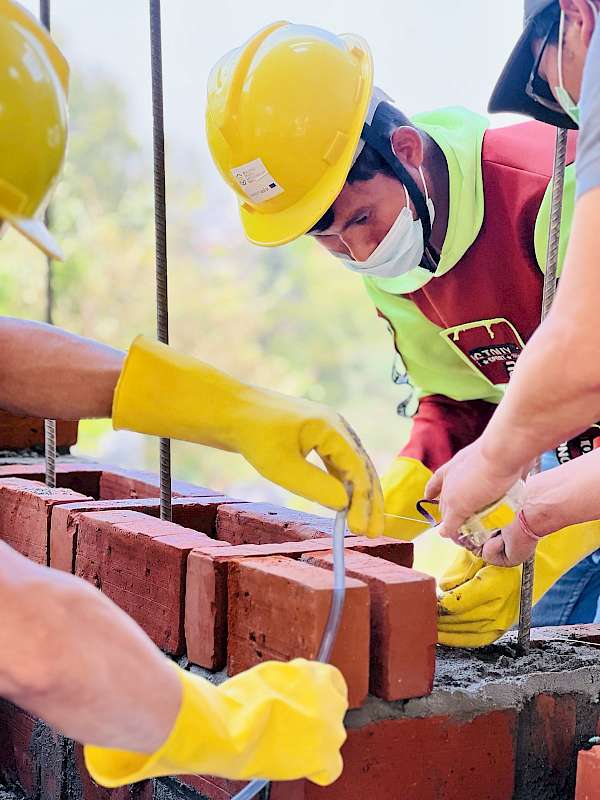
What has been achieved so far
The first year of the project focused on building internal team capacity, developing a proof of concept, and preparing activities for implementing and scaling up interventions. An implementation agreement was signed with the Governmentof Nepal, and in collaboration with the Ministry of Federal Affairs and General Administration (MoFAGA), 60 working municipalities were selected to implement the project.
Memorandums of Understanding (MoU) have also been signed to work with key stakeholders such as the Alternative Energy Promotion Centre (AEPC), Town Development Fund, Family Health International/USAID, Society of Nepalese Architects, and Federation of Nepal Brick Industries. Orientation and awareness activities for construction MSMEs and partner municipalities also commenced in the first year.
With BEEN's technical support, the new building design of the energy-efficient AEPC building, a focal government agency for promoting renewable energy and energy efficiency in Nepal, has been completed. Moreover, a showcase building has been constructed in Lalitpur Metropolitan City with BEEN's technical support, featuring various energy and resource-efficient measures such as hollow bricks, double glazing units, solar water heaters, solar PV units, rainwater harvesting, and greywater treatment plants.
The commercial production of resource-efficient hollow fired bricks has been initiated by two brick industries. BEEN has also been involved in various national and international events, such as the SONA International Convention, provincial workshops of the Town Development Fund (TDF), and training on "Shelter and Settlement Planning", which have helped raise the project's profile among a wider range of stakeholders and increase public awareness.
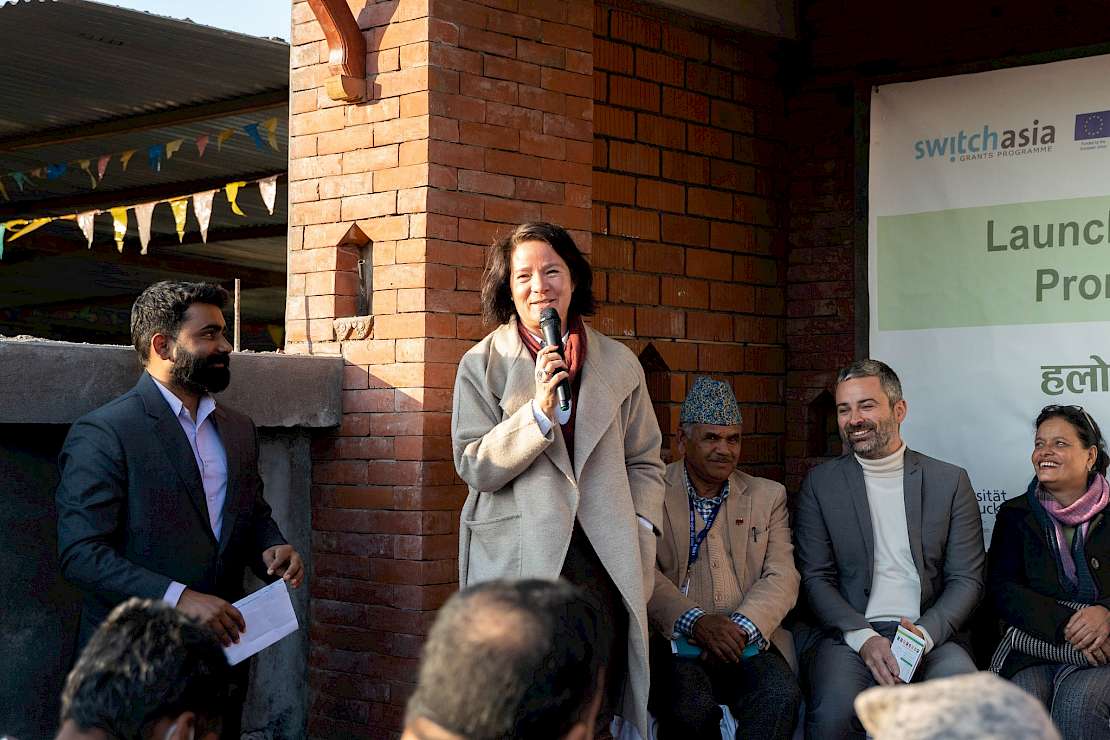
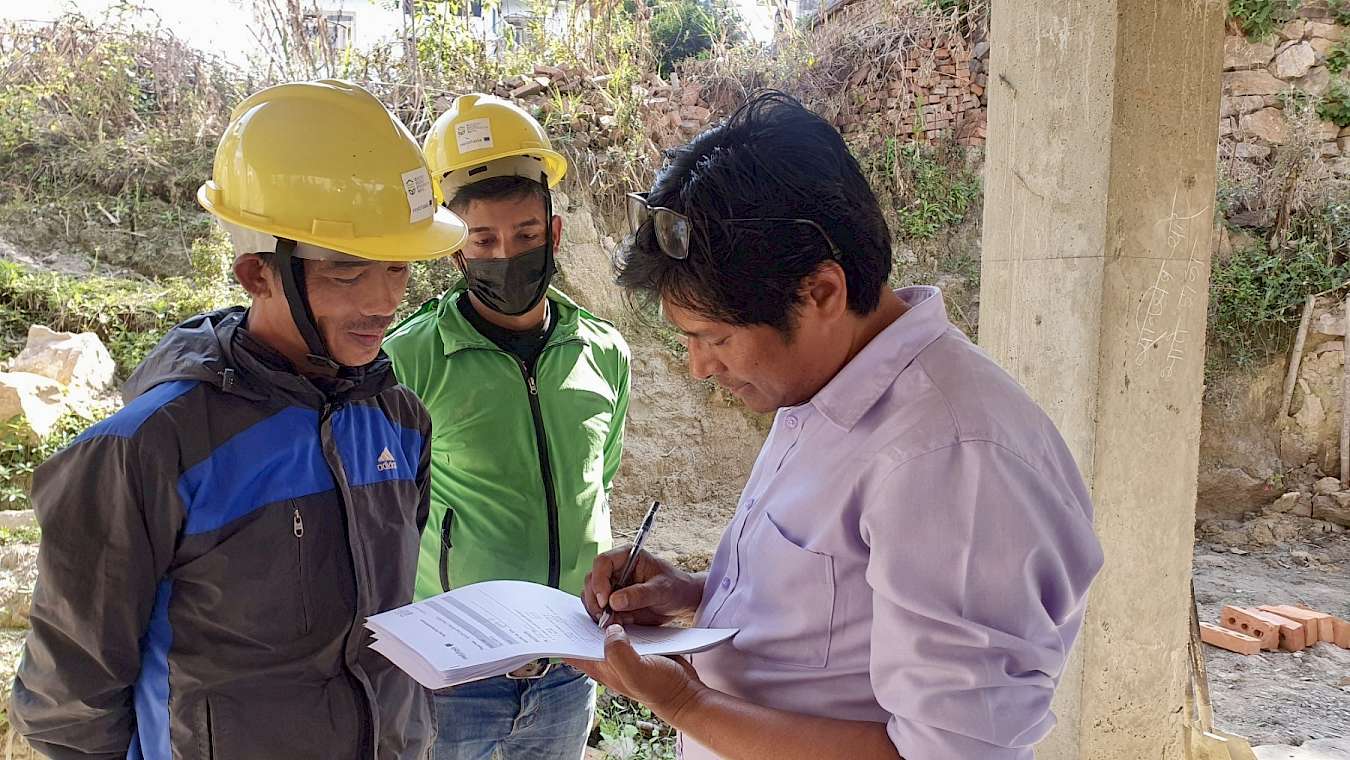
What’s next?
Currently, BEEN is conducting several key studies, including an energy baseline study and simulation studies of buildings from all four bio-climatic zones in Nepal, a baseline study of Building-MSMEs, and an assessment of building materials available in Nepal. The results of these studies will assist in preparing design guidelines for building capacities of different Building-MSMEs and drafting EE building policy guidelines for municipalities and other government agencies.
The preparation of design guidelines is expected to be completed for key MSME groups within the first half of the second year, and the rollout of training programmes is anticipated to begin in the second half of the second year. These studies and programmes will provide the foundation for measuring and achieving key project outputs and outcomes. Meanwhile, relationships with partner municipalities will be formalised through MoUs, and technical support will be provided to build the capacity of these partner municipalities to adopt EE building policies.
Furthermore, energy efficiency strategies demonstrated in the showcase building in the temperate zone will also be presented in the other three bio-climatic zones of Nepal. Some of these buildings will be monitored for their energy and thermal performance. Additionally, a marketing strategy is being developed to support Building-MSMEs offering EE and RE products and services. The project will initiate intensive marketing support for these Building-MSMEs.

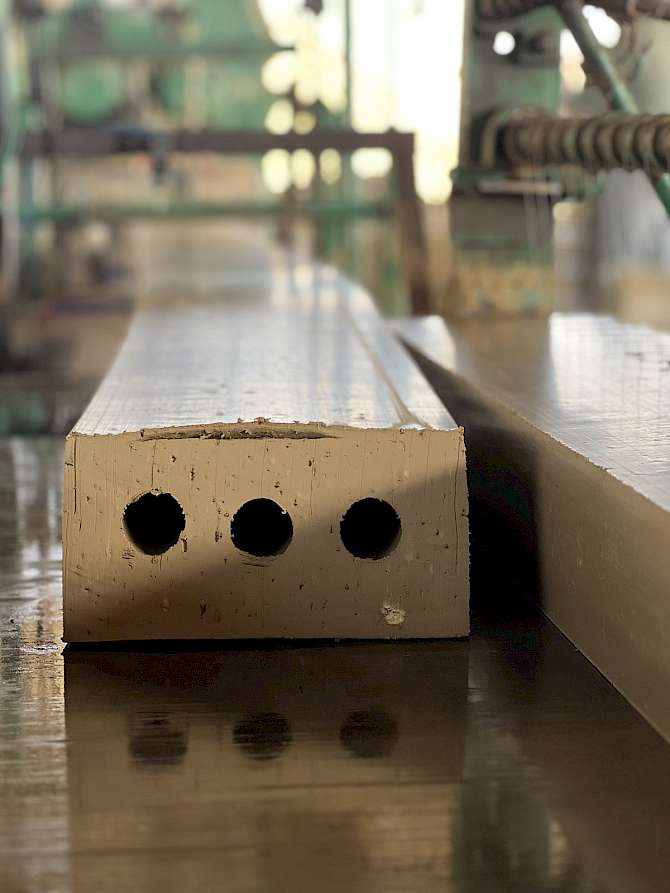 .
. 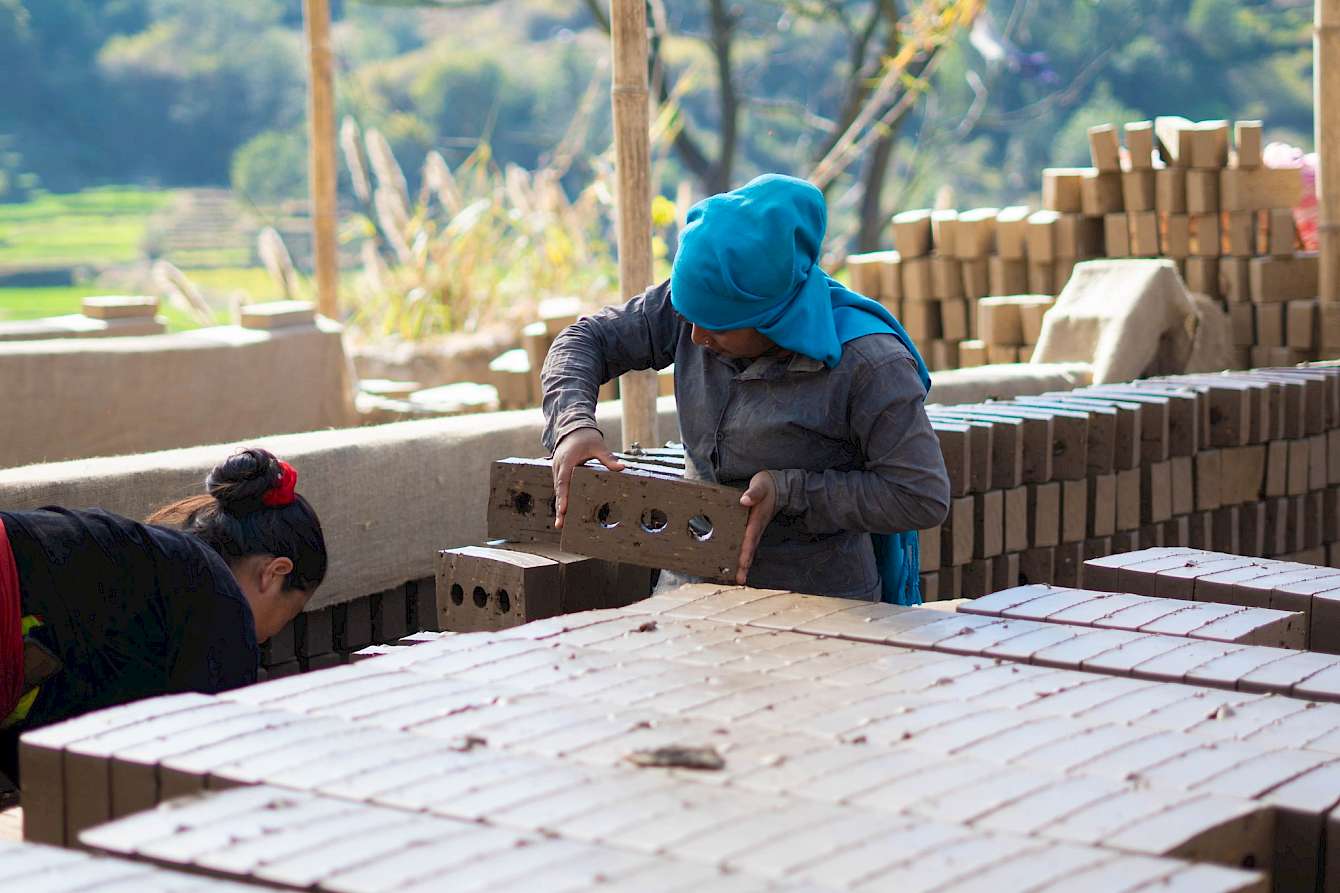
Photo credits © SWITCH-Asia BEEN Nepal
References:
Bajracharya, T., Shakya, S. R., & Bajracharya, S. (2014). Energy Efficient Building in Kathmandu Valley – A Case Study of Passive and Contemporary Residential Building. Proceedings of IOE Graduate Conference.
Bakrania, S. (2015) Urbanisation and urban growth in Nepal (GSDRC Helpdesk Research Report 1294) Birmingham, UK: GSDRC, University of Birmingham.
Water and Energy Commission Secretariat (WECS), Energy Data Sheet, June 2014
Water and Energy Commission Secretariat (WECS), Energy Sector Synopsis Report 2021/2022.


